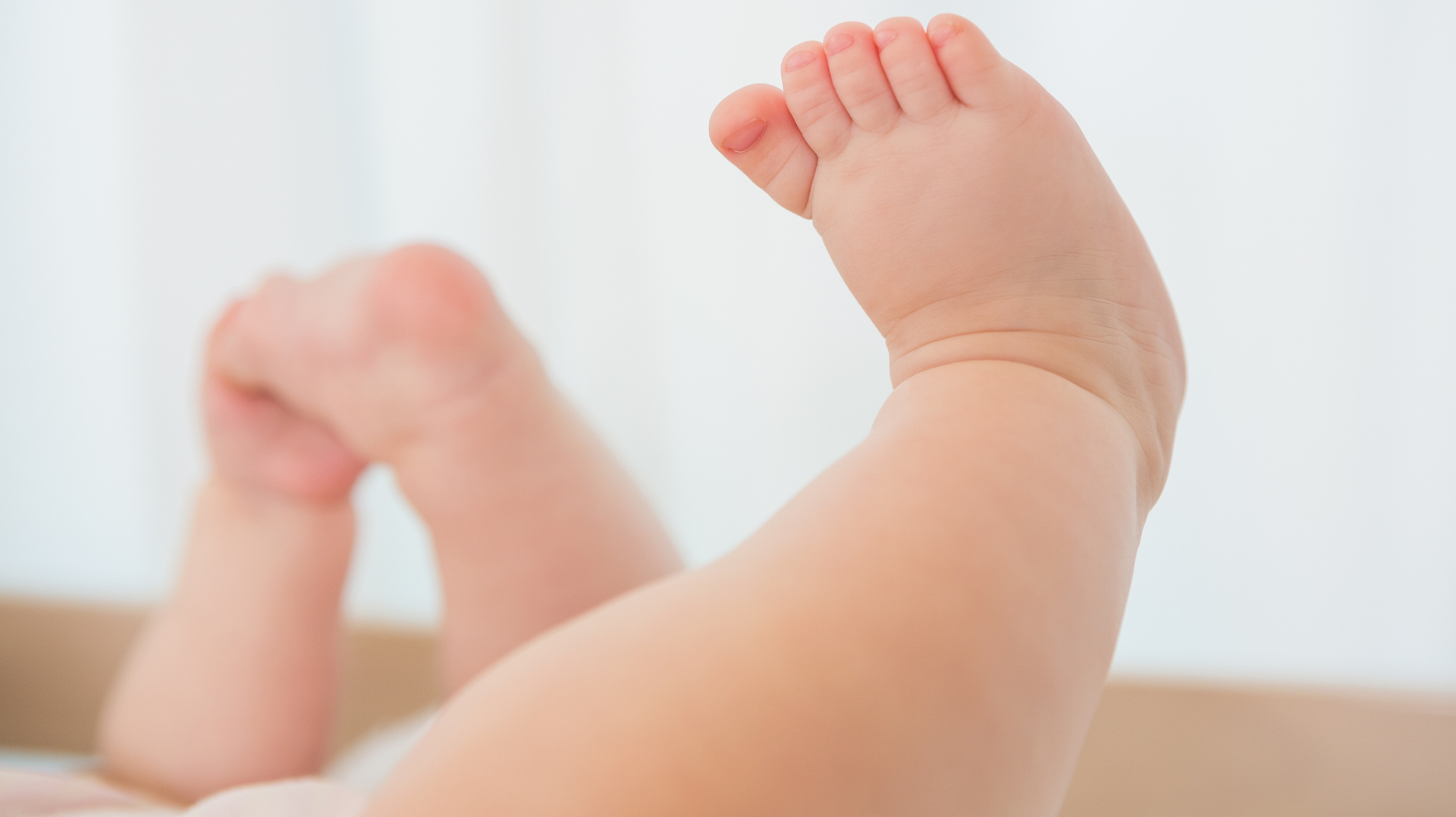The human foot is far more than just a body part - it is a masterpiece of evolution. Over millions of years, it has developed from a gripping tool into the complex carrier of our upright gait. But how did it actually come about that the foot took on the shape we know today? And why is good footwear so important for our health?
A look back at evolution provides the answer - and shows how closely our mobility, our everyday life and our footwear are linked.
1. our feet began as climbing tools
Around 6 to 7 million years ago, our ancestors mainly moved around in trees. Their feet functioned almost like hands - with splayed toes for gripping and holding on to branches. But when the forests thinned out and savannahs emerged, life on two legs became a survival strategy. The foot had to completely reinvent itself - from gripper to carrier.
2 The upright gait turned the foot into a powerhouse
The biggest change in human history was probably the upright gait. This made the foot the foundation of our entire posture. It not only had to support our weight, but also absorb shocks, maintain balance and efficiently transmit kinetic energy - a biomechanical masterpiece that continues to this day.
3. a blueprint with precision: 26 bones, 33 joints, 100+ muscles
The human foot is a small marvel of evolution: with 26 bones and over 100 muscles, tendons and ligaments, it is highly complex - and robust at the same time. Its structure enables fine movements, safe rolling and amazing adaptation to a wide variety of surfaces. No high-tech shoe could ever be so perfectly designed - and yet this natural "apparatus" needs support today.
4 The arch of the foot - nature's suspension system
The arch of the foot is to us what the shock absorbers are to cars. The interplay between the longitudinal and transverse arches not only provides stability, but also functions like a biological energy store: it absorbs force when we step and returns it when we roll. This sophisticated system protects our joints - provided it is not impaired by incorrect footwear.
5 Modern lifestyles overstrain the foot
The foot originally evolved to walk barefoot on soft, uneven ground - such as forest floors or sand. Today, we spend most of the day on concrete, in factory halls or on tarmac. Standing for long periods, monotonous movements and hard surfaces place enormous demands on our feet. Without supportive, well-cushioned and breathable footwear, even the most robust foot can be overloaded.

